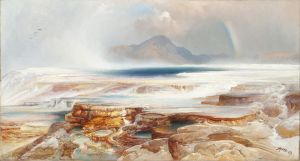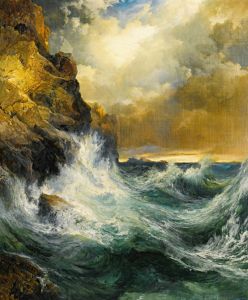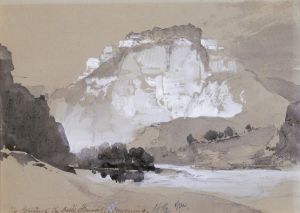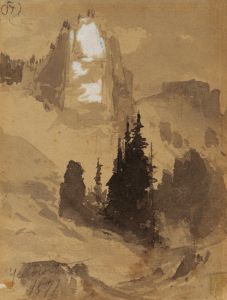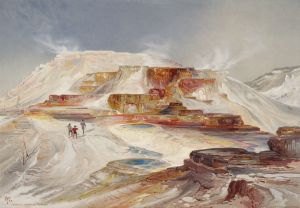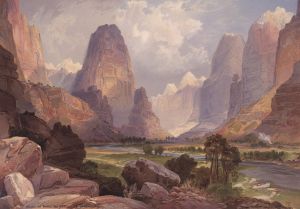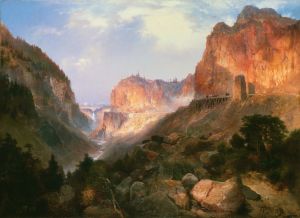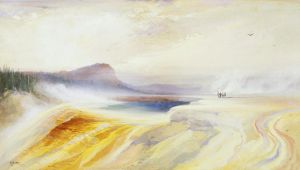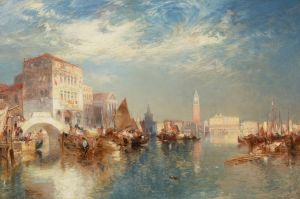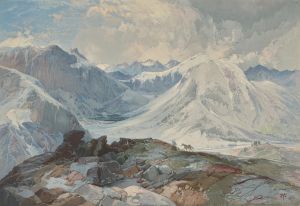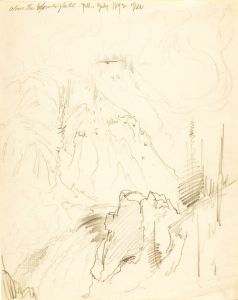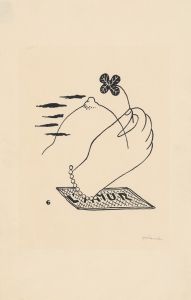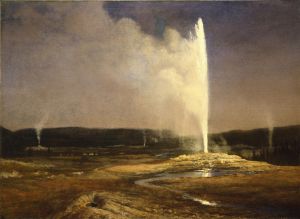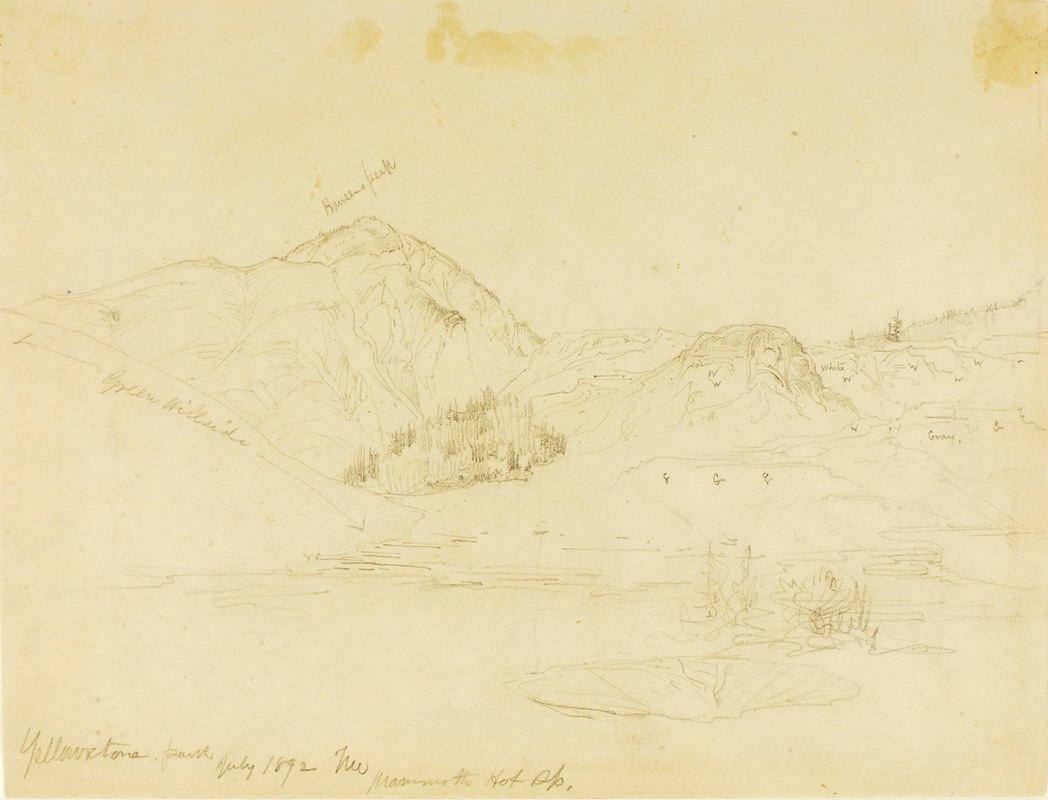
Yellowstone Park, Mammoth Hot Springs
A hand-painted replica of Thomas Moran’s masterpiece Yellowstone Park, Mammoth Hot Springs, meticulously crafted by professional artists to capture the true essence of the original. Each piece is created with museum-quality canvas and rare mineral pigments, carefully painted by experienced artists with delicate brushstrokes and rich, layered colors to perfectly recreate the texture of the original artwork. Unlike machine-printed reproductions, this hand-painted version brings the painting to life, infused with the artist’s emotions and skill in every stroke. Whether for personal collection or home decoration, it instantly elevates the artistic atmosphere of any space.
"Yellowstone Park, Mammoth Hot Springs" is a painting by the American artist Thomas Moran, created in 1871. Moran is widely recognized as one of the most influential landscape painters of the 19th century, particularly for his depictions of the American West. His works played a significant role in shaping public perceptions of the natural beauty of the United States and contributed to the establishment of Yellowstone as the first national park in 1872.
This painting specifically captures the Mammoth Hot Springs, a prominent geothermal feature in Yellowstone National Park, known for its terraced formations created by mineral deposits from hot springs. Moran's depiction of the springs emphasizes their unique geological structure and vibrant colors, which are characteristic of his style. His use of light and color in the painting reflects his romanticized vision of the American wilderness, aiming to convey both the grandeur and the sublime qualities of the landscape.
Thomas Moran was part of the 1871 Hayden Geological Survey, led by Ferdinand V. Hayden, which was one of the first major scientific expeditions to explore the Yellowstone region. Moran joined the expedition as a guest artist, and his sketches and paintings from this journey were instrumental in convincing Congress to designate Yellowstone as a national park. While it is unclear whether "Yellowstone Park, Mammoth Hot Springs" was created directly during the expedition or later based on his field sketches, it is consistent with the body of work Moran produced as a result of his experiences in Yellowstone.
Moran's paintings, including this one, were highly regarded for their artistic merit and their ability to capture the essence of the landscapes he portrayed. His works were often used in conjunction with photographs by William Henry Jackson, another member of the Hayden Survey, to provide a visual record of the Yellowstone region. Together, their contributions helped to raise awareness of the area's natural wonders and played a pivotal role in the conservation movement of the late 19th century.
"Yellowstone Park, Mammoth Hot Springs" is an example of Moran's ability to blend scientific observation with artistic interpretation. The painting reflects his deep appreciation for the natural world and his commitment to sharing its beauty with a broader audience. Today, Moran's works, including this painting, are celebrated as important cultural and historical artifacts that document the early exploration and preservation of America's natural landscapes.





